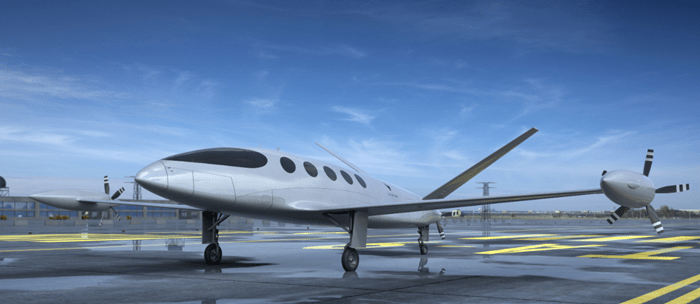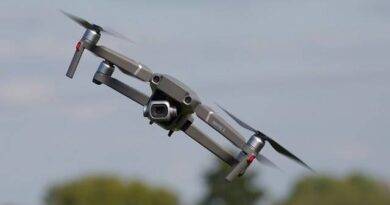Future of Civil Aviation and Environment
The future of civil aviation and the environment are closely intertwined, as the industry continues to grow and evolve, so too must the ways in which we minimize its impact on the planet.
One of the biggest challenges facing the industry today is the issue of carbon emissions. As more and more people take to the skies, the amount of carbon emissions produced by the aviation industry is increasing at an alarming rate. In order to combat this, many airlines and aircraft manufacturers are investing in new technologies that can reduce the carbon footprint of their operations.
Biofuels – less Carbon Emission
One of the most promising developments in this area is the use of biofuels. Biofuels are made from renewable sources such as plant-based materials and can significantly reduce the amount of carbon emissions produced by an aircraft. Many airlines are already experimenting with biofuels and it is expected that in the future, they will become a more prevalent part of the industry.
An aviation biofuel or bio-jet fuel or bio-aviation fuel (BAF) is a biofuel used to power aircraft and is said to be a sustainable aviation fuel (SAF). The International Air Transport Association (IATA) considers it a key element to reducing the carbon footprint within the environmental impact of aviation.
More Efficient Aircraft
Another area of focus for the industry is the development of more efficient aircraft. Manufacturers are constantly working to improve the aerodynamics of their planes, as well as the materials used in their construction. This can lead to significant reductions in fuel consumption and emissions.
Sustainable Practices
In addition to these technological solutions, the industry is also looking at ways to reduce emissions through more sustainable practices. For example, airlines are beginning to invest in more efficient ground operations, such as using electric vehicles to transport passengers and cargo. Additionally, many airlines are working to reduce waste and conserve resources, such as water and energy, in order to minimize their environmental impact.

Electric Powered Aircraft
Electric powered aircraft are another promising development in the effort to reduce the environmental impact of the aviation industry. The electric propulsion systems offer several advantages over traditional jet engines, including reduced noise pollution and significantly lower emissions.
One of the main benefits of electric aircraft is their ability to run on renewable energy sources, such as solar or wind power. This would eliminate the need for fossil fuels and greatly reduce the carbon footprint of the aviation industry.
Overall, it is clear that the future of civil aviation and the environment is closely linked. As the industry continues to grow, it is crucial that we take steps to minimize its impact on the planet. With new technologies and sustainable practices, we can ensure that the future of civil aviation is both prosperous and environmentally friendly.


